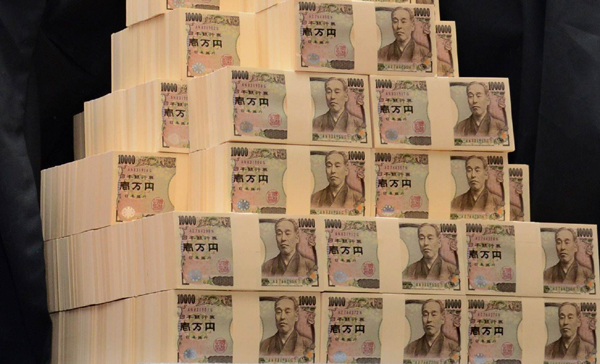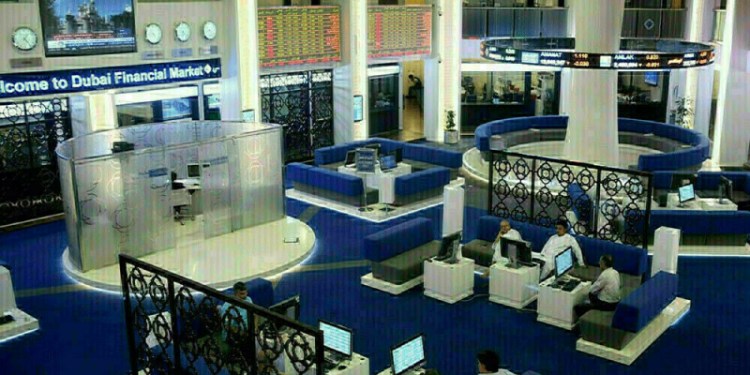Friday, 04 September 2015 11:06
 TOKYO: The yen strengthened on Friday as nervous investors pushed into safer assets ahead of a closely watched US jobs report later in the day and amid ongoing concerns about China’s slowing growth.
TOKYO: The yen strengthened on Friday as nervous investors pushed into safer assets ahead of a closely watched US jobs report later in the day and amid ongoing concerns about China’s slowing growth.
In Tokyo, the dollar slid to 119.17 yen from 120.01 in New York while the euro weakened to 132.70 yen from 133.53 yen.
The euro edged up to $ 1.1135 from $ 1.1127, but was still under pressure following losses Thursday that came after the European Central Bank’s cut its growth and inflation estimates and said it could expand its stimulus programme to battle deflation.
Friday’s US payrolls report could be used by the Federal Reserve’s policy committee to determine whether or not to start lifting interest rates — for the first time since 2006 — when it meets in the middle of this month.
However, the bank’s decision has been muddied by the Chinese economic crisis, which has rattled markets from Asia to New York for months owing to fears of another global downturn.
“It’s all pretty much about payrolls now until Asia opens on Monday with China coming back then after their special four day-long weekend,” National Australia Bank said in a commentary, referring to a World War II commemoration in China.
Any rise in Fed borrowing rates would lead to a shift of capital back to the United States as dealers look for better returns on their investments, particularly hurting emerging economy currencies.
“There’s nervousness in the market about growth in Asia and the implications of the Fed changing policy, should payrolls be seen as clearing the way for a hike,” Sean Callow, a strategist at Westpac Banking in Sydney, told Bloomberg News.
“The fact that dollar-yen in particular is looking soggy is obviously a bad sign.” Investors usually flee to safer units such as the yen in times of uncertainty and turmoil.
The euro is also being sold after ECB head Mario Draghi indicated the bank could expand its quantitative easing asset purchase programme if needed.
He said QE “provides sufficient flexibility in terms of adjusting the size, composition and duration”, if the region’s economy remains weak.
It was “intended to run until the end of September 2016, or beyond, if necessary”, he added.


























